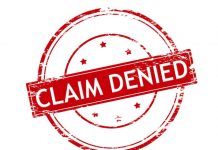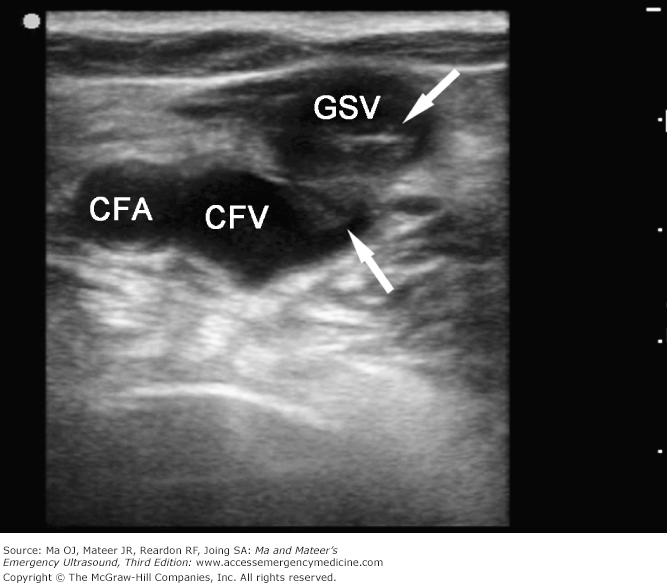Healthcare providers sometimes offer “prompt-pay discount” to encourage patients to pay their bills within a certain period, including outstanding copayments or deductible amounts. Such programs should be structured appropriately to ensure compliance with applicable laws and payer contracts.
The legal rules differ by state.
California law, for example, allows healthcare providers to charge a prompt payment discount.
- To encourage the prompt payment of health or medical care claims, health care providers are hereby expressly authorized to grant discounts in health or medical care claims when payment is made promptly within time limits prescribed by the health care providers or institutions rendering the service or treatment.
- Not with standing any provision in any health care service plan contract or insurance contract to the contrary, health care providers are hereby expressly authorized to grant discounts for health or medical care provided to any patient the health care provider has reasonable cause to believe is not eligible for, or is not entitled to, insurance reimbursement, coverage under the Medi-Cal program, or coverage by a health care service plan for the health or medical care provided. Any discounted fee granted pursuant to this section shall not be deemed to be the health care provider’s usual, customary, or reasonable fee for any other purposes, including, but not limited to, any health care service plan contract or insurance contract.
Prompt-pay discounts are often referred to as “2/10, net 30” discounts. Translation: If the payment amount is due in the typical 30 days, you’d receive a 2 percent discount if you pay it in 10 days instead of 30.
If your company is offered such a discount, should you take it? There’s a helpful formula accounting professionals use to help determine the effective annual return of taking prompt-pay discounts:
(Amount of discount/discounted price) multiplied by (number of days in the year/number of days paid early)
Let’s say you have a $1,000 invoice. You’d receive a $20 discount if you paid it within 10 days, so the math would look like this:
(2/98) multiplied by (360*/20) equals 0.367, or 36.7 percent
According to this formula, taking the 2/10, net 30 discount is the equivalent of an effective annual return of more than 36 percent. So the answer is yes, you should absolutely take the discount — right?
Not so fast. Before deciding on your final answer, you need to perform a cost-benefit analysis that compares the savings that can be realized to the opportunity cost of not having the use of this cash yourself for up to 20 days.
The first thing you have to find out is whether your cash flow will allow you to pay early enough to take the discount. To determine this, take a close look at your cash cycle — the timing of the monthly flows of cash into and out of your business.
Unless you’re sitting on enough cash to cover at least one month’s worth of business expenses in advance, you’ll need to accelerate your cash disbursements by at least one month to take advantage of the discount. However, this can be challenging even for companies with strong cash flow. Another option is to tap funds from current investments to pay invoices early, although this may involve sacrificing interest, dividend, or capital gains opportunities.
A third option is borrowing the money you need to make payments early. While this would not affect current working capital or investment opportunities, there is obviously a cost involved in borrowing funds. So the question becomes: Are the savings that can be realized via a prompt-pay discount greater or less than your cost of funds?
The best way to determine this is to crunch the numbers and see the impact of paying a year’s worth of supplier invoices early via a 2/10, net 30 discount:
- Annual invoice total: $1 million
- Total annual discounts: $20,000 (1,000,000 multiplied by 0.02, or 2 percent)
- Average additional funds needed to fund an additional 20 days of cash flow each month: $54,795**
The net annual savings or loss would be the difference between the total annual discounts and the cost of borrowing the funds needed to take advantage of them. If your cost of funds (e.g., interest rate) is 7 percent, the net savings would be as follows:
- Cost of funds: $3,836 ($54,795 multiplied by 0.07, or 7 percent)
- Net savings: $16,164
As this example shows, in a low-interest-rate environment like today’s, it usually makes financial sense to borrow the money necessary to take advantage of prompt-pay discounts. The most efficient way to borrow money for this purpose is via a bank revolving line of credit, which can easily be tapped and repaid at the owner’s discretion.
Learn More…
The Cost of Patient “Disloyalty” to Health Systems
Denial & Adjustment Code CO-43: Gramm-Rudman Reduction










